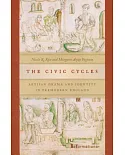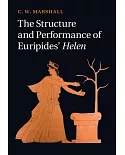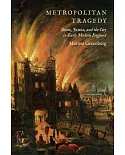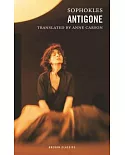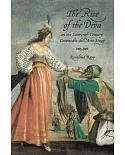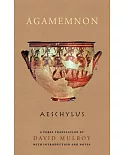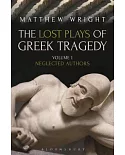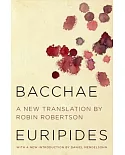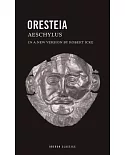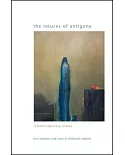Lysistrata, a comic play written in 411 BCE by Aristophanes, has had revival performances for centuries. It continues to have “legs,” as the author describes and then explains. The play was
very popular in its time, but why, beyond most classical work, does it continue to find audiences? This is the central question of the book. The story of the play is about a woman who unites
Athenian and Spartan women in a sex boycott, to put an end to war. Today it is often framed as a feminist work. Author Klein, along with other commentators, finds that such framing does not
align well with the work’s original understanding of women as irrational and less capable, by far, than their men. Klein is more interested, in any case, in the staged Lysistrata’s varied, and
ambiguous interpretations of sex and war. She examines the following performances of the play: Gilbert Seldes’ controversial 1930 Broadway production; The Federal Theatre Project’s Negro
Repertory performances in 1936; a 1955 musical film adaptation, The Second Greatest Sex; Spiderwoman Theater’s 1977 Lysistrata Numbah!; The Lysistrata Project of 2003, an anti-war theatre
movement; and the off-Broadway hit musical of 2011-2012, Lysistrata Jones. Annotation ©2014 Ringgold, Inc., Portland, OR (protoview.com)


